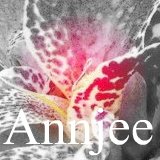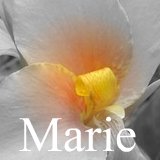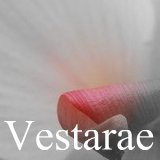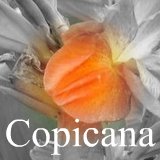Names of Canna Flowers Parts and Purpose
Many beautiful canna flowers are big and bold, some are small and slender, and they come in a range of shapes sizes and varieties.
The parts of a cannas flower are called different names. All cannas consist of and have the following parts on them petals, staminodes, a labellum which is a modified staminode, stamen, anther, and stigma for pollination.
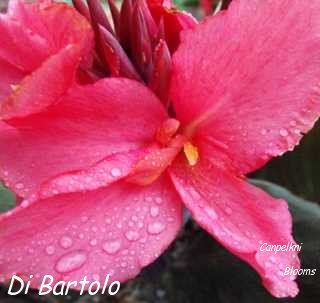
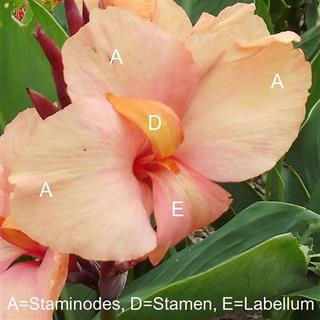
As pictured above on the cultivator Beatrix the Staminodes are labelled as A, Labellum labeled as E and stamen labelled as D.
Modern plant staminodes are very colorful and showy as their job is to attract and encourage insects such as bees, butterflies and honey eater birds closer to the blooms.
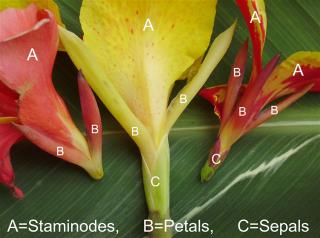
As pictured from behind the flower the Staminodes are labelled as A, Petals labelled as B, Sepals labelled as C encase and hold the flower, Labellum labeled as E.
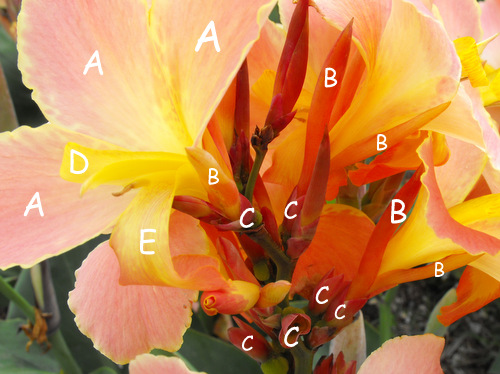
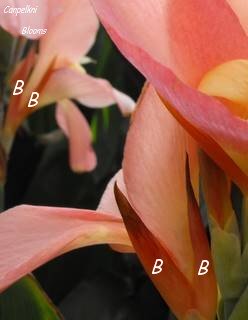
Petals: Cannas often have their big blooms referred to as petals, but they are not, you have to look behind an open flowers to see their true petals which are often very slender and long.
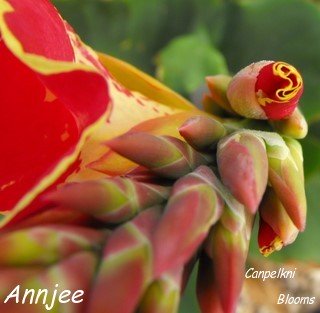
On some cannas the petals are short in length and quite broad and stubby.
Cannas also have a Stamen, Stigma and Anther for pollination.
Most often the petals do resemble the color that the awaiting to open flower will be.
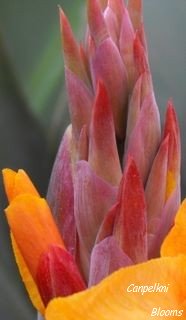
The color of the flowers staminodes can be seen as the buds push up and open as the canna petals.



